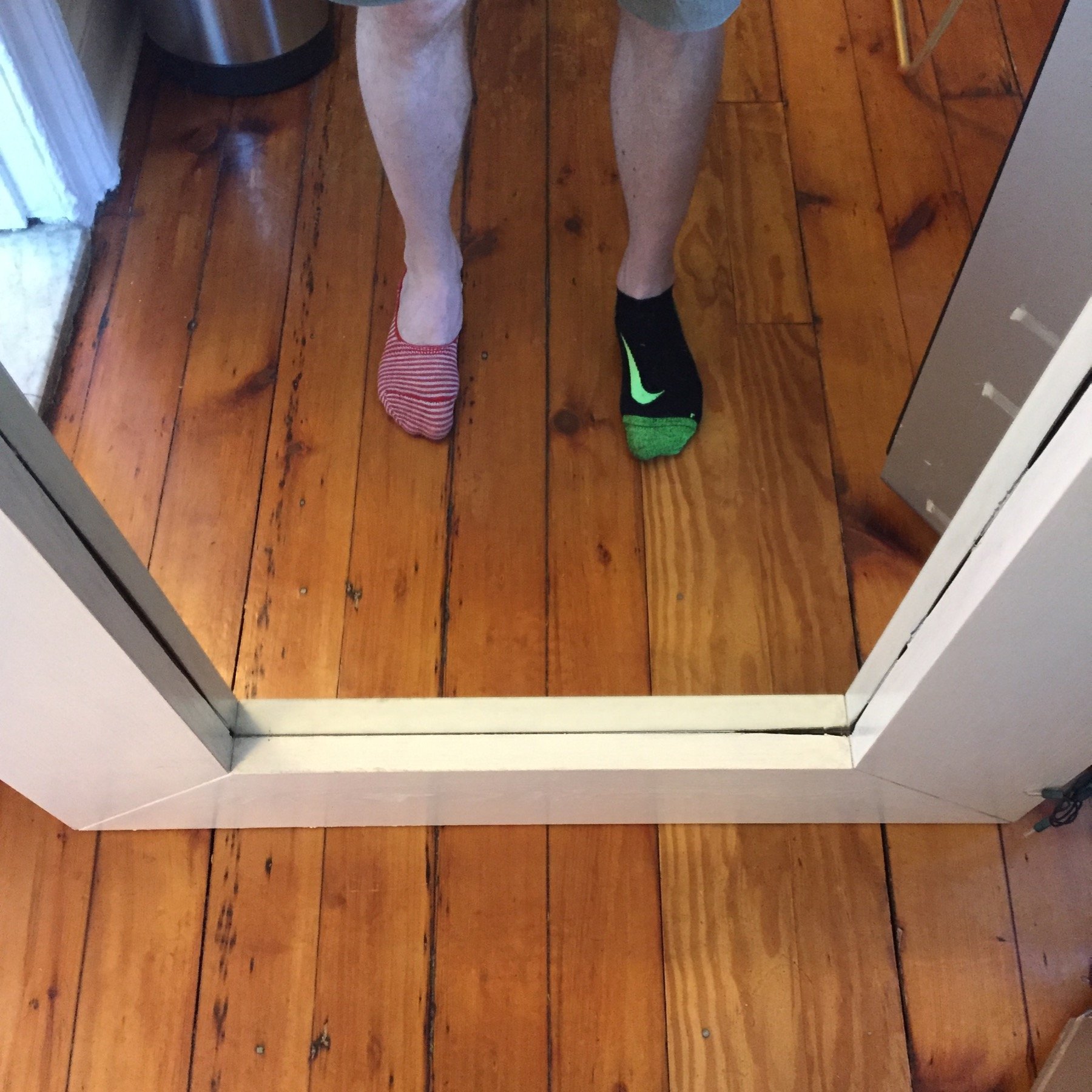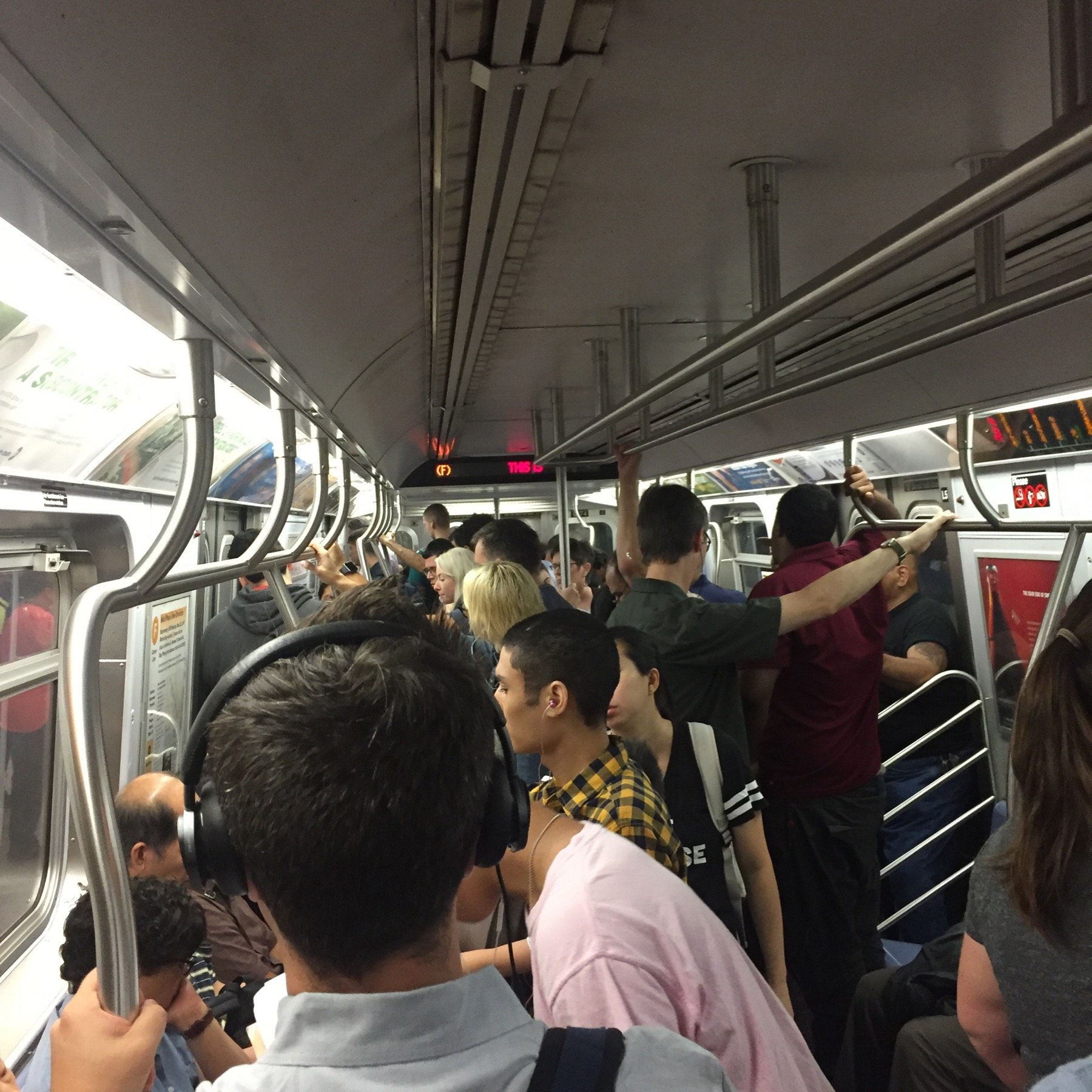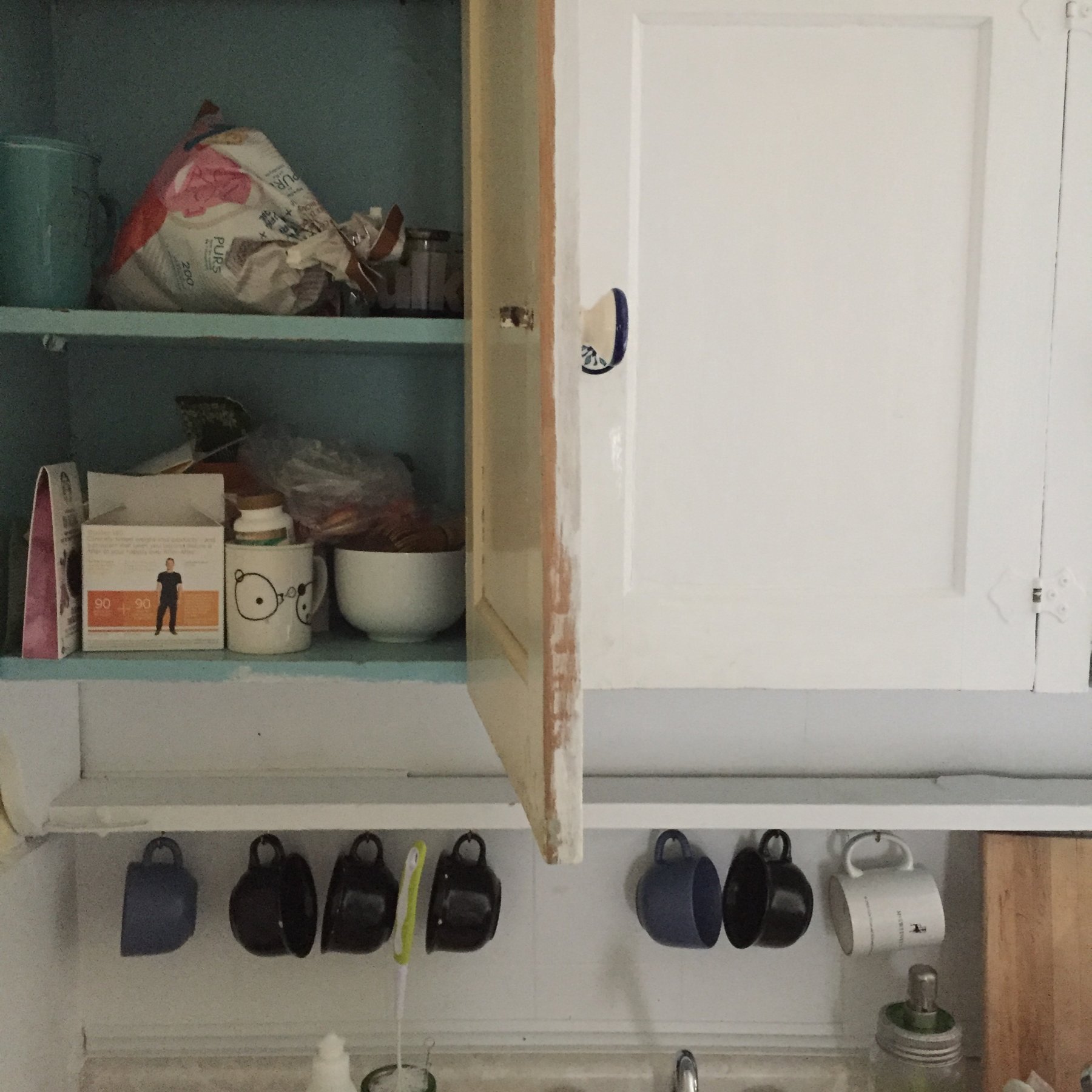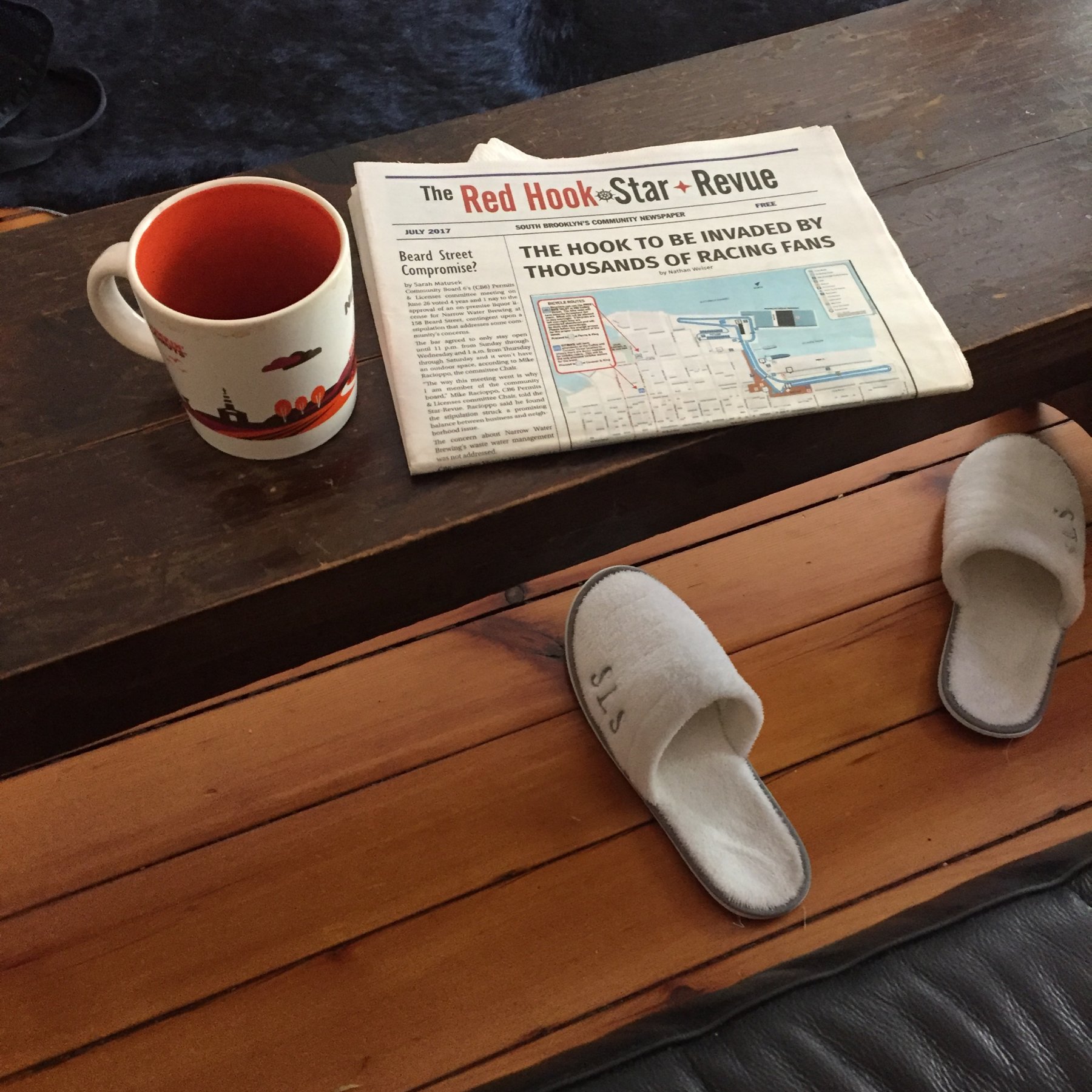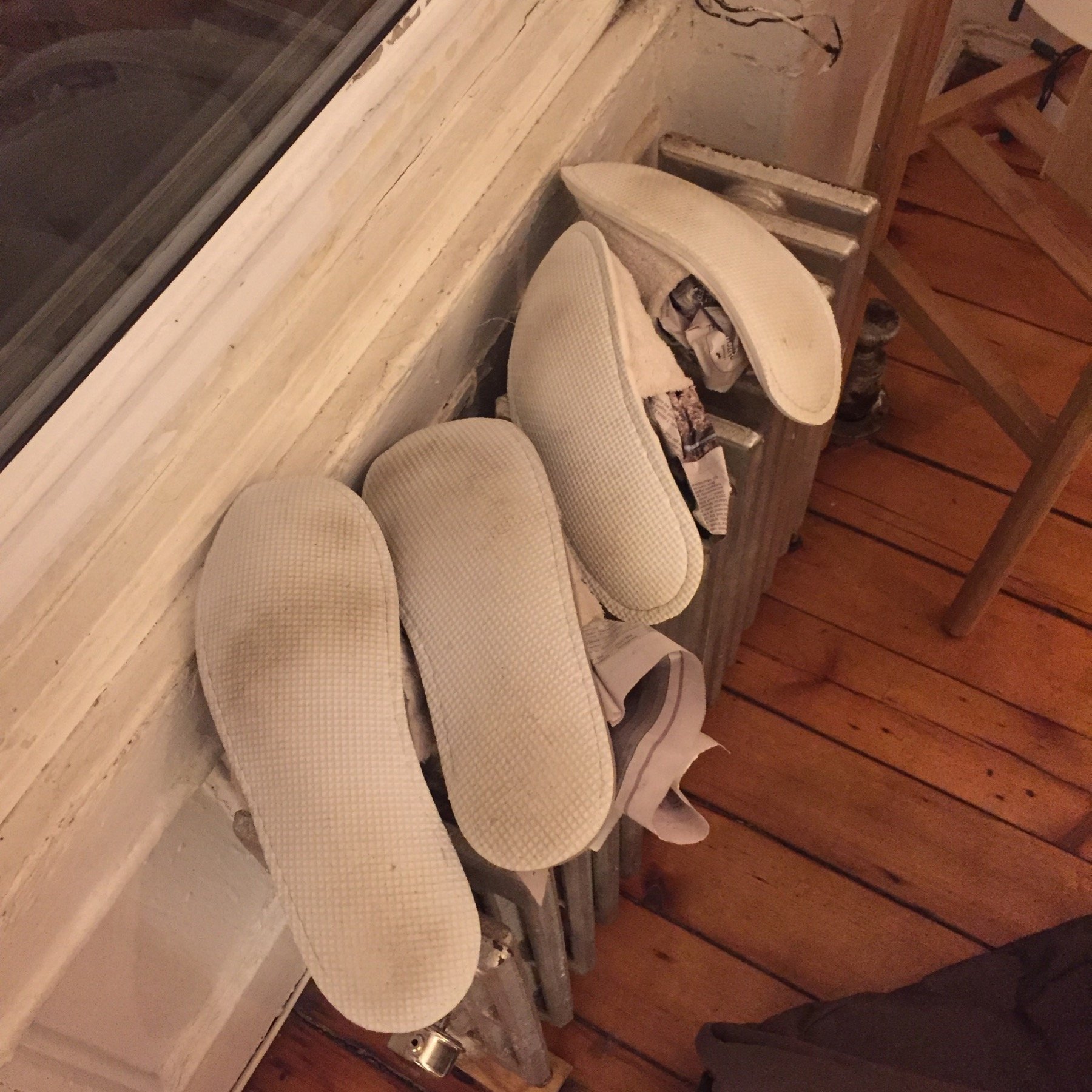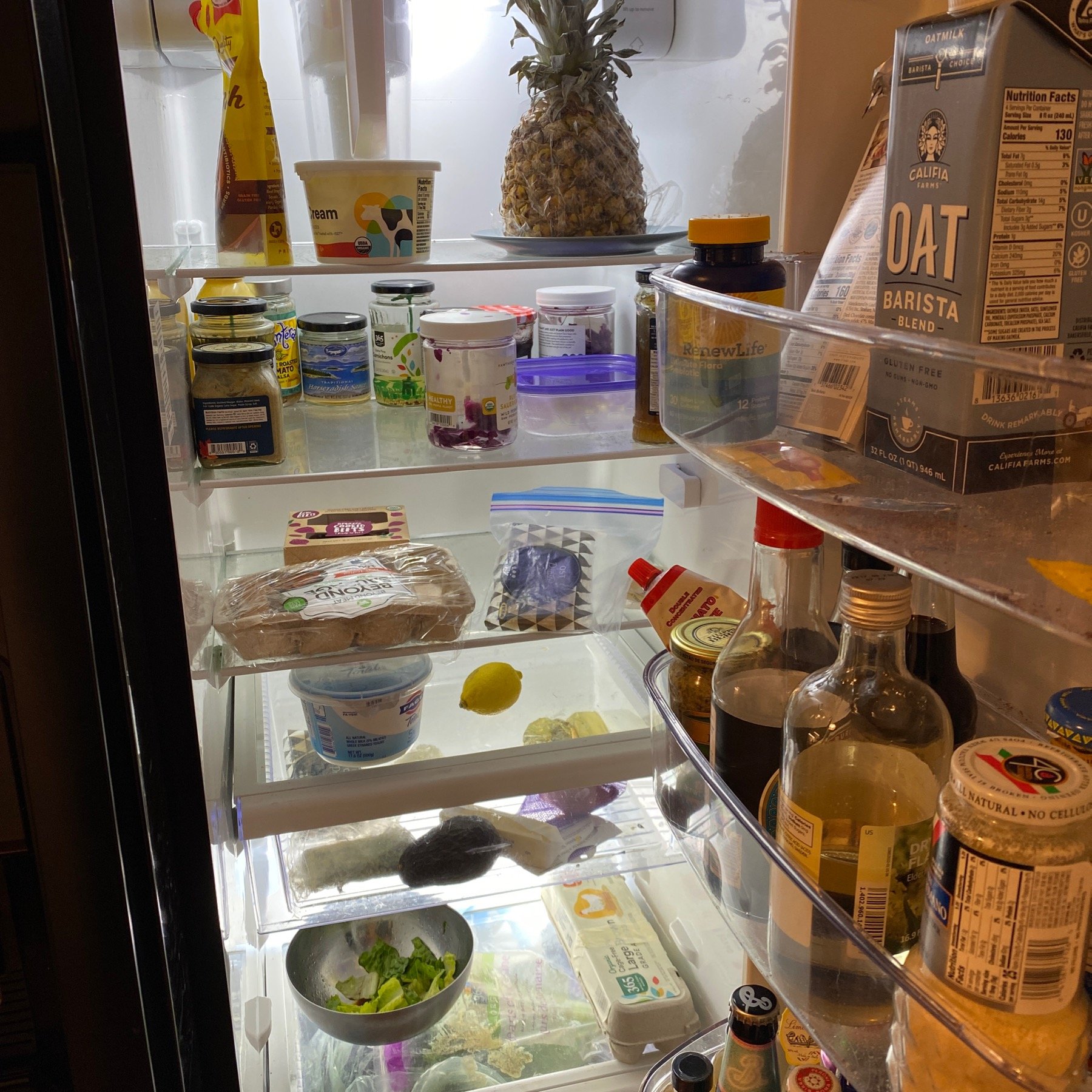“Are you going to sue them?”
A few months ago, we began receiving emails with variations on the subject line “BeReal stole your concept” last month, it changed to “Instagram stole your concept,” and yesterday morning, “TikTok stole your concept.” What are you going to do about it? Are you going to sue them?
The short answer is: No.
The looooong answer is: In fact, it’s so long that we split it up into a series of posts where we’ll dive deeper into the concept behind minutiae and explain why minutiae has nothing to do with BeReal or any other Social Media platform (and why you should care).
We’ll try to challenge some of your ideas about reality, social media, and what it means to “take a photo.”
So let’s talk about photographic composition and image complexity, then let’s segway into how modern methods of image manipulation have twisted the fabric of reality.
Or not.
How about just filters? We know what they are, and we know what they do: they turn a regular image into a fruit of optical pleasure (almost literally). You see, the experience of looking at a regular, unedited, unplanned, unfiltered, undistorted, and possibly uninteresting image is radically different to that of looking at a polished, purposeful, and calibrated image—bent just enough to optimize its texture, colors, shadows, and frame. This is trite. One seems to ask of us nothing but a quick glimpse; the other, being richer in its complexity for the simple fact that there’s more to look at and discover within the image, asks us to look, really look, not only at the subject but also what surrounds it.
They cater to our memory and enrich it.
It cannot be overstated: we take photos. In fact, we take many photos. If you do a quick Google search on how many photos are uploaded each day on Instagram alone, you’ll see a number between 50 and 100 million. We’re talking over 60,000 photos every single minute. It is not hyperbole: photographs are, if not the zeitgeist of our times, then at the minimum, an organ of it. The fact is that photographs matter, and what gets photographed as well as what doesn’t matter equally. It is estimated that over 3 billion images are shared online daily. But how many of these are real? How many of these are new or unique? How many are downright fake or manipulated?
In the salad days of MySpace and Facebook, with smartphones being a luxury and photos being low-quality enough to make them ineffective at communicating our most recent expeditions, the way we communicated “what we were up to” was mostly through text posts. Fast forward to today, and if you reach down your hand in your pocket, you’ll find an ultra-sensitive, Hollywood film-level camera dressed in the garments of a phone.
The point: is that it what just yesterday when taking photos became an integral part of our lives, and they have become how and why we remember, they are how others bear witness to where we’ve been and what we’ve seen, they are how we bypass the limitations of our personal memory and immortalize certain moments as we please. As far as we’re concerned, if it was not photographed, did it really happen?
As far as we’re concerned, if it was not photographed, did it really happen?
While photo and video-sharing social media apps have allowed us to share with untold numbers of others the happenings of our personal lives, they have also become our biographies—and who wants to have a largely uneventful and flavorless biography? Because we have come to only showcase the “better” or highlight moments of our lives, we have adopted a dreary cornucopia of habits when taking photos, from the way we pose and present ourselves to the when and why we take photos, to begin with.
Is it heresy to argue that most of us have social media profiles that don’t really do justice or even correspond to our actual lives? After all, we only post what we want others to see so that, incidentally, others see us how we want to be seen. And we have come to take photos not because moments matter but because we want others to bear witness to how we’ve looked or what we’ve done.
minutiae emerged as a response to the feedback loops that these apps perpetuate, to the visual dishonesty and selectivity of the photo-taking act, and the unconcerned altering of reality through filters and effects. Let’s be frank: the threat to memory is no longer forgetting but ascertaining if things really happened as they seem in pictures or video, if we really are as our profiles portray us, and if—all things considered—a photo is real at all? This issue is both personal and historical because the problem is not random people from all over the world sharing enhanced or fake photos, the problem is the visual record we leave behind.
This inability to tell what’s real from what isn’t is the problem that minutiae tries to address. minutiae’s intent is not just to offer a platform to store unsystematic, arbitrary, real-too-real photos taken at random times, it is also to create a historical document, a visual record of what really happened in the lives of people from all over the world—unfiltered, unadorned…and uninteresting. Our object is not to supply you with the pleasure of a novel feed or the unhappy ecstasy of looking at friends and influencers living their best life. We’re not asking you to use minutiae but to participate in a long project that, at best, will end not with a feeling of accomplishment or ecstasy but nostalgia—simply.
Our object is not to supply you with the pleasure of a novel feed or the unhappy ecstasy of looking at friends and influencers living their best life.
Why then participate? Well, you don’t have to, and you certainly don’t need to. But you could. Perhaps you will learn something about yourself. Or perhaps years from now, you’ll find some value in minutiae’s memory vault? While minutiae was the first of its kind, startups like BeReal have surfaced, offering users a haven to share unfiltered photos at a random moment’s notice. Instagram and TikTok are prototyping a feature that does this too, “Dual” and “TikTok Now'' respectively.
People crave human connection, and ever since the advent of social media, especially the kind of connection that’s devoid of pretension and performance. This is the need that BeReal, Instagram, and TikTok are trying to answer. But do they effectively resolve the overarching issue?
We can’t discuss this in depth right now. This was supposed to be an introduction…not a novel. So let’s cut our inquiries into pieces instead, and over the next couple of weeks, we’ll be covering the following:
Instant Gratification Design vs. Long-term Commitment
To connect with close friends vs. To connect globally with strangers.
But before you head out, think about this:
Many, if not most, people would admit to spending unhealthy amounts of time on social media. It is estimated that, on average, people spend over two hours every day swiping them. That’s two hours of spectating other people’s lives. Whether we’re looking at our friends’ lives or the lives of celebrities, we’re still choosing to look at what others are doing precisely at the times when we have the most freedom (it’s called free time), that’s crazy.

